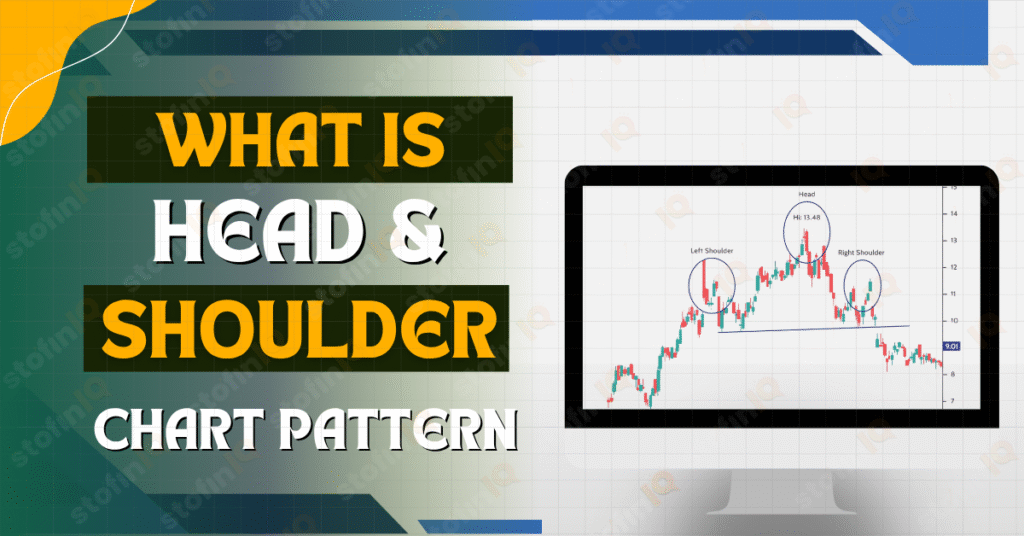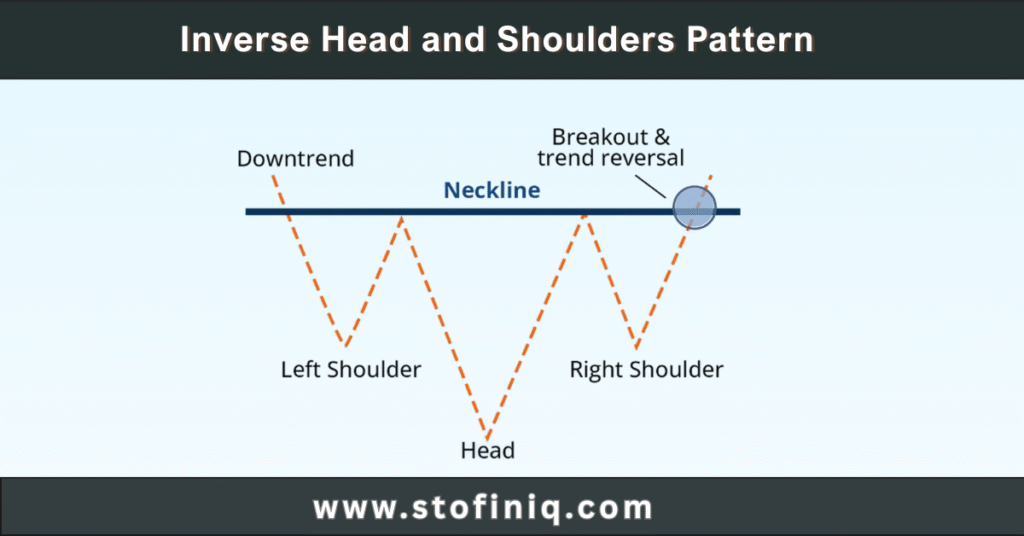
Before talking about Risk management techniques, let’s try to understand what risks are.
Whenever we take on any venture—even something as routine as going to the office—there are always uncertainties involved. You might get stuck in traffic, forget your keys, or face unexpected delays. These are everyday risks, and we manage them instinctively—by leaving early, planning, or keeping backup options.
Trading works the same way. Every trade carries a certain level of risk due to unpredictable market movements, news events, or emotional decisions. Risk is an unavoidable part of the process, but with proper risk management, we can protect ourselves from major losses and trade with confidence.
Risk management is not just about avoiding risk entirely, but about understanding it, preparing for it, and controlling its impact. It’s the safety net that helps traders stay in the game for the long run.
Let’s be honest—trading feels exciting. Watching stocks rise, making decisions, and the thrill of the market, there’s an adrenaline rush. But before you dive in, here’s a golden rule every smart trader follows: protect your capital first. That’s where Risk Management Techniques in Trading come into play.
These techniques aren’t just for financial experts—they’re for everyone who wants to trade smart, stay safe, and grow consistently. Whether you’re new to the market or you’ve been trading for a while, learning Risk Management Techniques in Trading is what keeps you in the game during tough times.
In this blog, we’ll go over the five best Risk Management Techniques in Trading that help you avoid big losses and build a strong trading foundation.
1. Diversification – Don’t Put All Your Eggs in One Basket
One of the most classic and effective Risk Management Techniques in Trading is diversification. This simply means spreading your investments across different types of assets so that you’re not overly dependent on any one of them.
Why is Diversification Important?
Let’s say you invest all your money in tech stocks. If the tech sector crashes, your portfolio could suffer big losses. But if you’ve also put money into healthcare, energy, or commodities, your overall portfolio might stay stable even if one area drops.
How to Diversify:
- Invest in multiple sectors (tech, finance, healthcare, etc.)
- Mix asset types (stocks, bonds, ETFs)
- Consider global markets too.
Diversification spreads your risk, and that’s what Risk Management Techniques in Trading are all about.

2. Position Sizing – Don’t Go All In
Next up is position sizing, another essential part of smart Risk Management Techniques in Trading. This technique helps you decide how much money to use in a single trade.
What is Position Sizing?
It’s about how big (or small) your trade should be based on the size of your trading account.
For example, if you have ₹8,00,000 as your trading capital, you might choose to risk only 1–2% per trade. That means you’d be risking around ₹8,000 to ₹16,000 on each trade, helping you keep losses manageable if things don’t go as planned.
Why It Works:
-
- Keeps losses limited
-
- Helps you manage your emotions
-
- Allows you to stay in the game longer
Position sizing is one of the simplest yet most powerful Risk Management Techniques in Trading that you can use daily.
3. Hedging – Your Trading Safety Net
Hedging is another smart move when it comes to Risk Management Techniques in Trading. It’s like insurance for your portfolio—just in case the market turns against you.
What Is Hedging?
Hedging means placing another trade that moves in the opposite direction of your current position to reduce potential losses.
Example:
If you’ve bought a stock and are worried it might drop, you could buy a put option or short a related ETF to balance the risk.
How to Hedge:
- Identify what could go wrong
- Choose the right hedge (options, inverse ETFs, or short positions)
- Set a proper size for the hedge.
- Monitor and adjust as needed.
Risk Management Techniques in Trading, like hedging, don’t eliminate risk—they manage it in a smart, strategic way.

4. Stop Loss – Set a Safety Limit
Every trader needs to use a stop loss. It’s one of the most important Risk Management Techniques in Trading because it tells your system when to cut the losses and move on.
What Is a Stop Loss?
It’s a predefined price where your trade will automatically close to avoid bigger losses.
Say you buy a stock at ₹1,000. You set a stop loss at ₹950. If the stock falls to ₹950, the trade automatically closes, limiting your loss to ₹50 per share.
Types of Stop Loss:
- Fixed: A set percentage or dollar amount below entry
- Trailing: Moves with the price to lock in profits
- Volatility-Based: Adjusts based on how much the asset moves.
This is one of those Risk Management Techniques in Trading that keeps emotions out of the process and adds discipline to your strategy.
5. Portfolio Optimization – Build the Right Balance
Last but not least, we have portfolio optimization, a more advanced but super important concept among Risk Management Techniques in Trading.
What Is Portfolio Optimization?
It’s the process of adjusting your investments to get the best balance between risk and return.
This simply means checking your portfolio regularly, identifying where one area might be too risky or too heavily weighted, and making changes to improve performance.
Benefits of Optimization:
- Reduces volatility
- Improves long-term consistency
- Keeps your strategy aligned with your goals
If 70% of your money ends up in one sector, that’s a red flag. Time to rebalance! Portfolio optimization is one of those Risk Management Techniques in Trading that keeps your overall trading plan strong and stable.
Managing a Portfolio Smartly
All of these Risk Management Techniques in Trading come together when you’re managing your portfolio. It’s not just about choosing good trades—it’s about protecting your capital, staying balanced, and being ready for whatever the market throws at you.
Managing your portfolio well:
- Smooths out the ups and downs
- Helps you avoid emotional decisions
- Makes you a more consistent trader
In the long run, successful trading isn’t about luck—it’s about having a solid risk plan.
Bonus Tip: Keep a Trading Journal
Want to take your Risk Management Techniques in Trading to the next level? Keep a journal.
Write down every trade:
- Why you entered
- Where do you set your stop-loss?
- What you learned
- How you feel during the trade
Over time, this will help you improve your decision-making, notice patterns, and sharpen your risk management even more.
Final Thoughts
There’s no magic formula to winning every trade. But the traders who succeed are the ones who protect their money and manage their risk like pros.
To sum it up, the best Risk Management Techniques in Trading are:
- Diversification – Spread your risk
- Position Sizing – Trade the right amount
- Hedging – Use backup strategies
- Stop Loss – Know when to exit.
- Portfolio Optimization – Keep things balanced
Stick to these techniques, and you’ll not only trade with confidence—you’ll trade with control.
By sticking to these techniques you not only will learn to trade with confidence, but also you will learn to trade with control. By mastering these techniques you will become a master trader and learn how to avoid common mistakes in trading.
Source:
I left my engineering job to follow my true passion writing and research. A passionate explorer of words and knowledge, I find joy in diving deep into topics and turning rich, insightful research into compelling, impactful content. Whether it’s storytelling, technical writing, or brand narratives, I believe that the right words can make a real difference.

